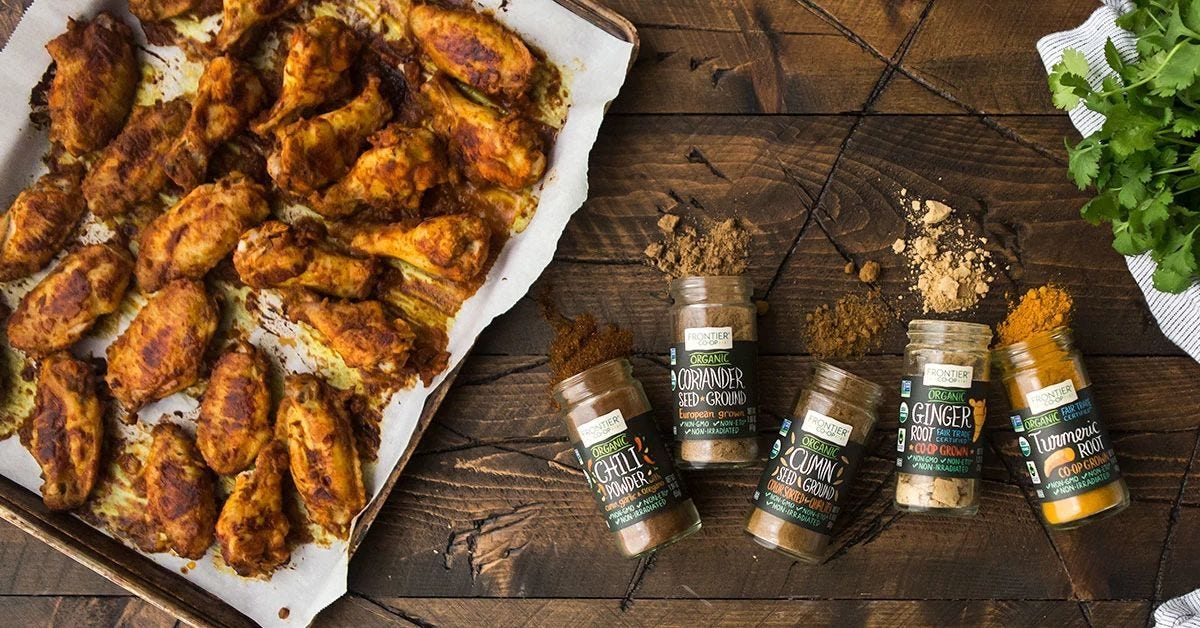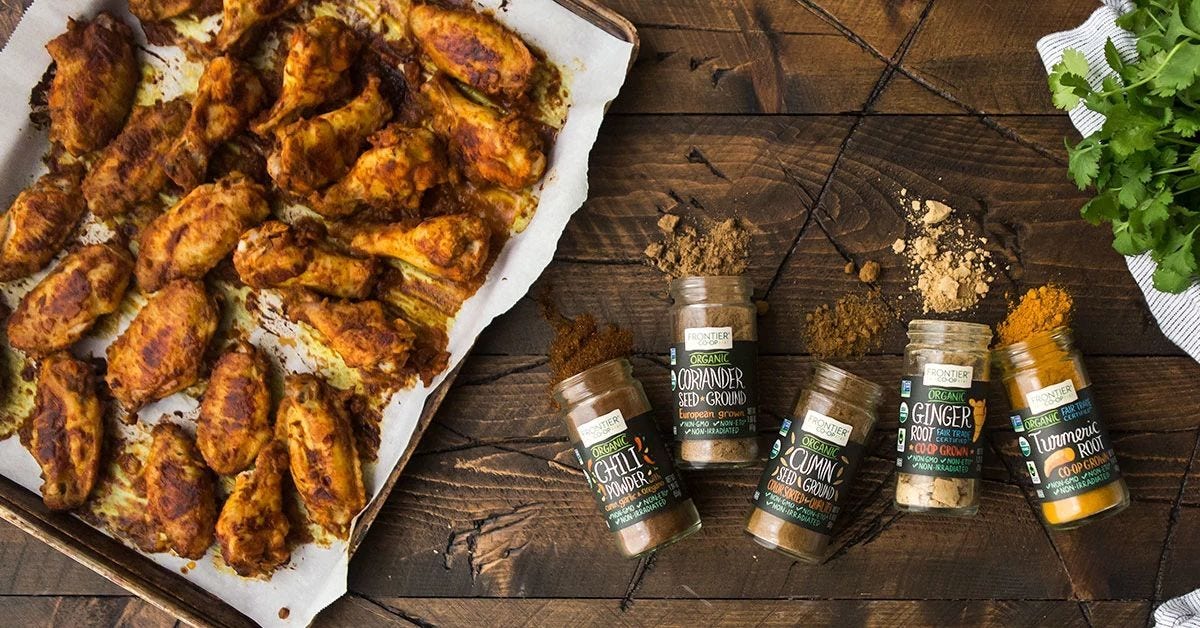Most of us consume about 3,400 milligrams (mg) of sodium a day — well above the recommended intake of no more than 2,300 milligrams daily. (There are 2,000 milligrams per teaspoon,.) And according to the "2010 Dietary Guidelines for Americans" (updated by the government's Agriculture and Health and Human Services departments every five years), about half of us should be consuming even less. Those with hypertension, diabetes or kidney disease, African Americans and people over age 50 (because those two groups have a higher rate of high blood pressure) are advised to cut their intake to fewer than 1,500 mg per day.
Label reading is important, of course. Many packaged foods contain a full day's supply of sodium in just one serving. (Be aware that low-fat foods are often high in sodium. And take note of serving sizes when evaluating the sodium intake.) Meals eaten out are often highly salted — and you have no way to monitor the sodium.
Home-cooked meals, though, offer plenty of opportunity to cut your salt intake. And no, you won't have to settle for bland meals. In fact, by substituting herbs and spices for the salt in your recipes, you'll probably make food that's more rather than less flavorful!
Tips for reducing sodium:
- Replace the contents of your table salt shaker with salt-free herb and spice blends. You'll find these blends handy for easily spicing up standard fare, while cooking too (macaroni and cheese, scrambled eggs, soups, etc.). There are plenty of convenient and delicious blends already prepared for you, like our All Purpose Seasoning and Garlic Pepper. And you can easily create your own Homemade Spice Blends, based on your favorite seasonings and using little or no salt.
- Use a spritz of citrus, like lemon or lime, on foods to perk them up. This works especially well with soups and stews, salads and fish. Lemon juice powder is great to have on hand for this purpose, as is lemon peel.
- Include wine in your dishes (especially poultry and fish recipes) to boost the taste without salt.
- Become familiar with which spices go with which foods, and use them often in place of salt. Popular choices include black pepper, basil, cinnamon, garlic and cayenne.
- Collect recipes that employ herbs and spices as flavorings. You'll find plenty of these -- including some that are salt-free — in our recipe collection.
- Explore vinegars. Vegetables, meats, and any roasted foods will become more flavorful with the addition of vinegars. Try balsamic, herb, rice, cider and wine vinegars.
- Use low-sodium broth powders, like our Vegetable Flavored Broth Powder, to make soups and stews, gravies and sauces.
- Don't overcook your food. Gentle cooking will preserve flavor, while boiling for too long will kill flavor.
- Make it fresh. Opt for fresh veggies over canned whenever possible. Canned veggies are typically high in sodium.
- Make your own croutons and breadcrumbs using low-salt breads. These products are often high in sodium when purchases prepared, and you can easily make your own.
- Cook vegetables (like onions and peppers) alongside meats in order to flavor the meats without salting.
- Remember to choose unsalted butter, if you use butter.
- Skip adding salt to the water when cooking pasta or grains.
Enjoying foods with less salt is a bit of an adjustment, but with a few tips and flavorful seasonings, it needn't feel like deprivation. In fact, as you increasingly rely on other methods of boosting the flavor of your foods, you'll likely create more interesting fare than ever.





